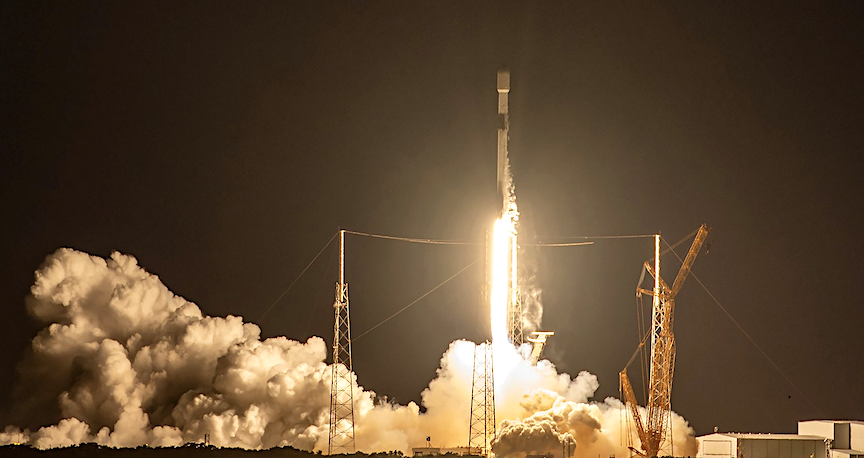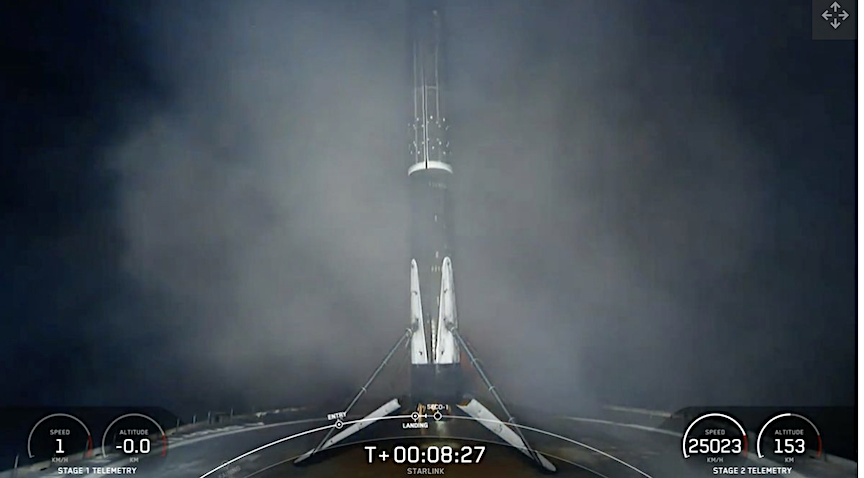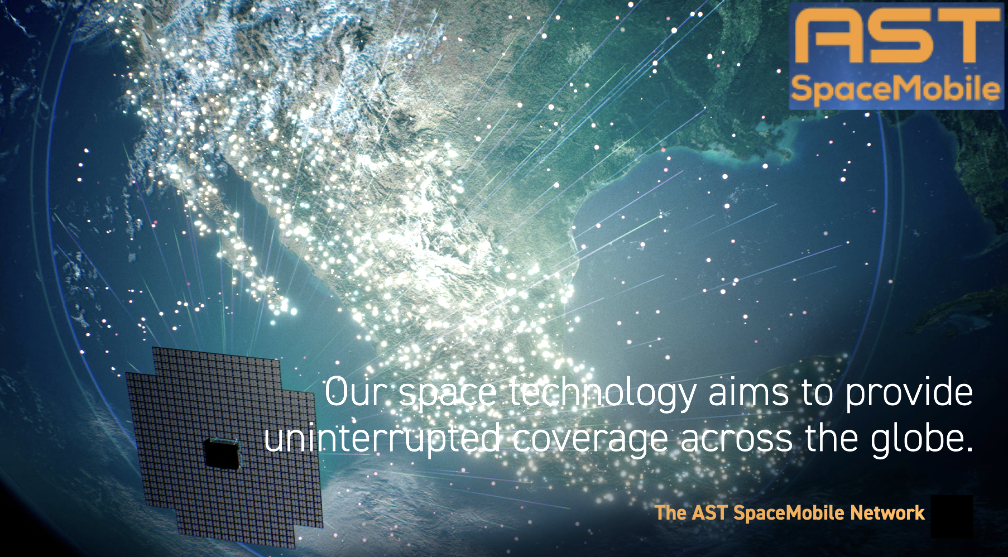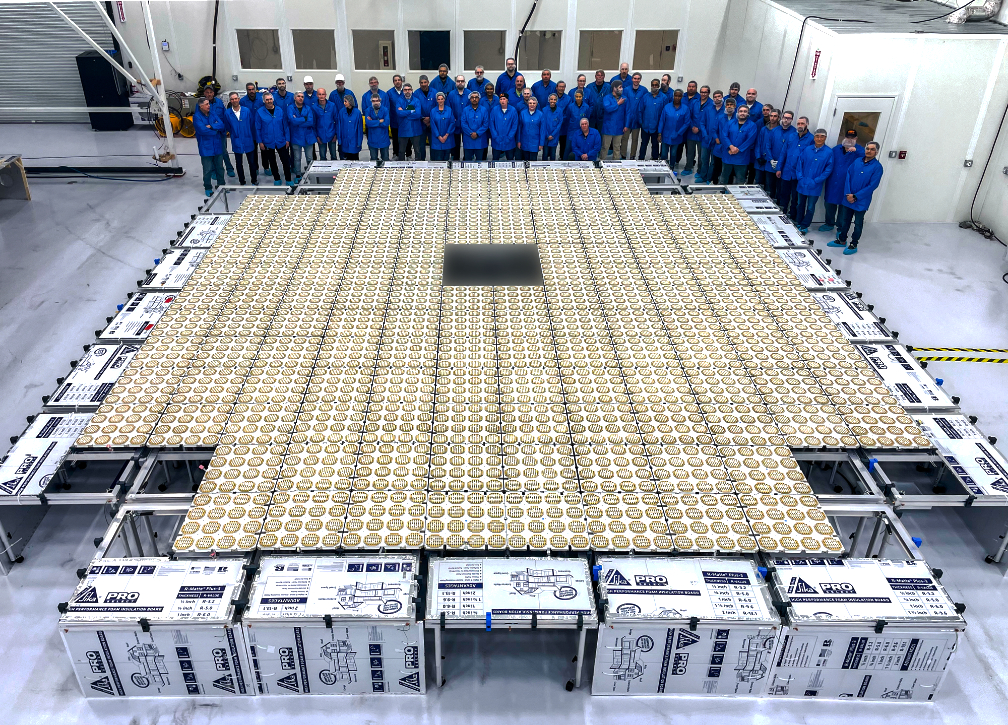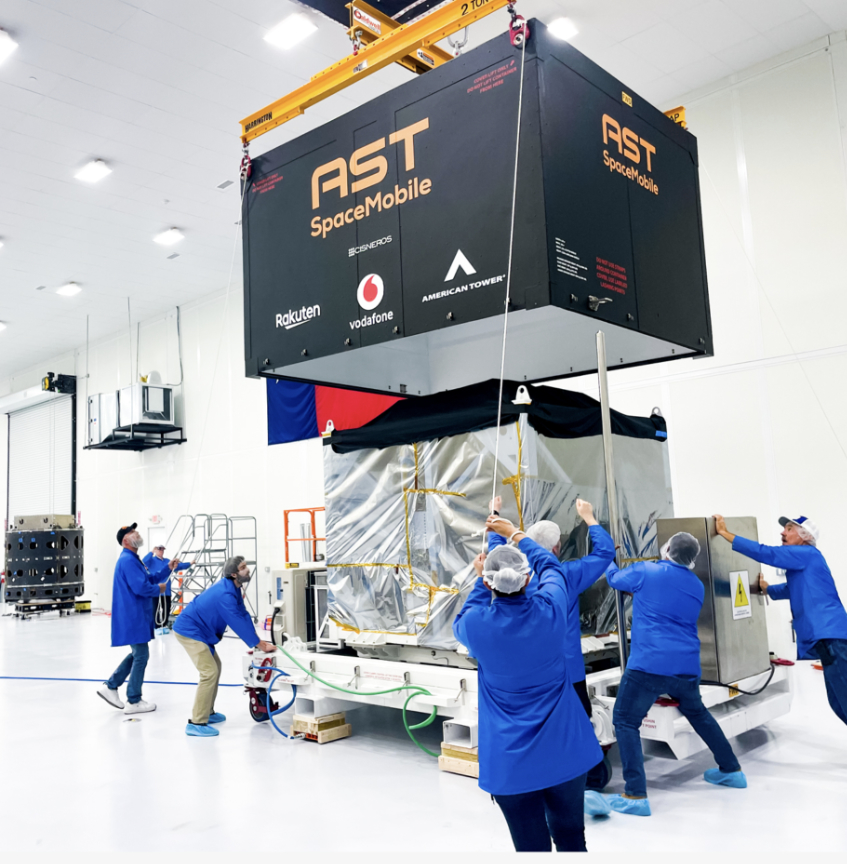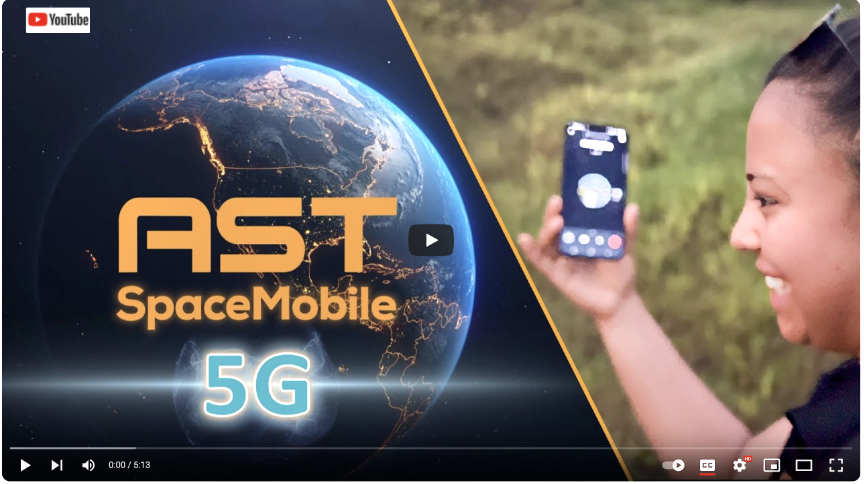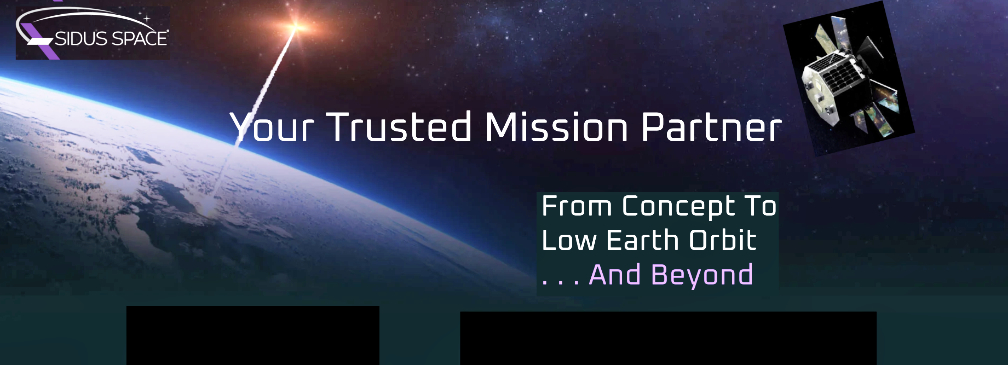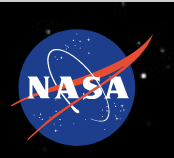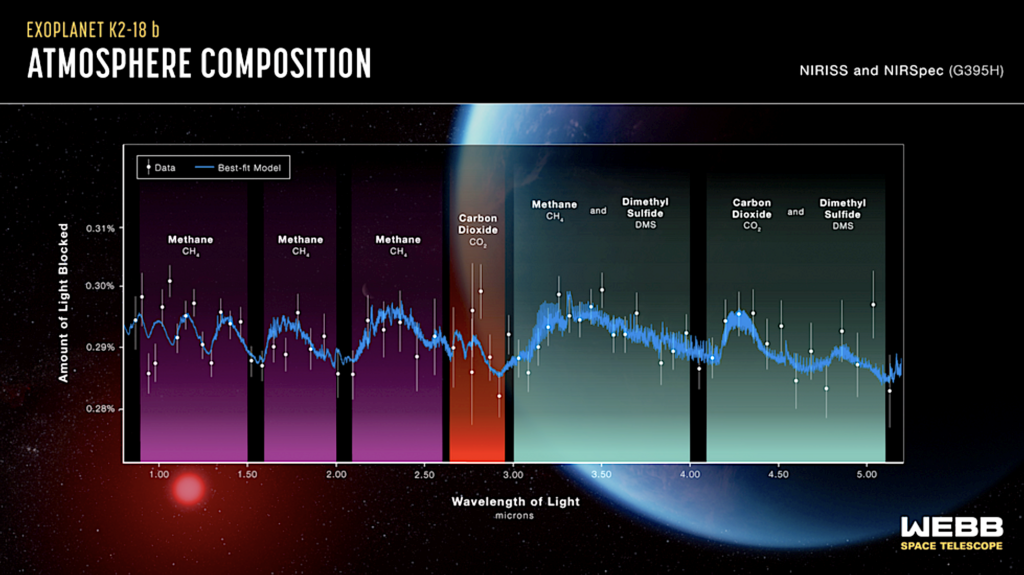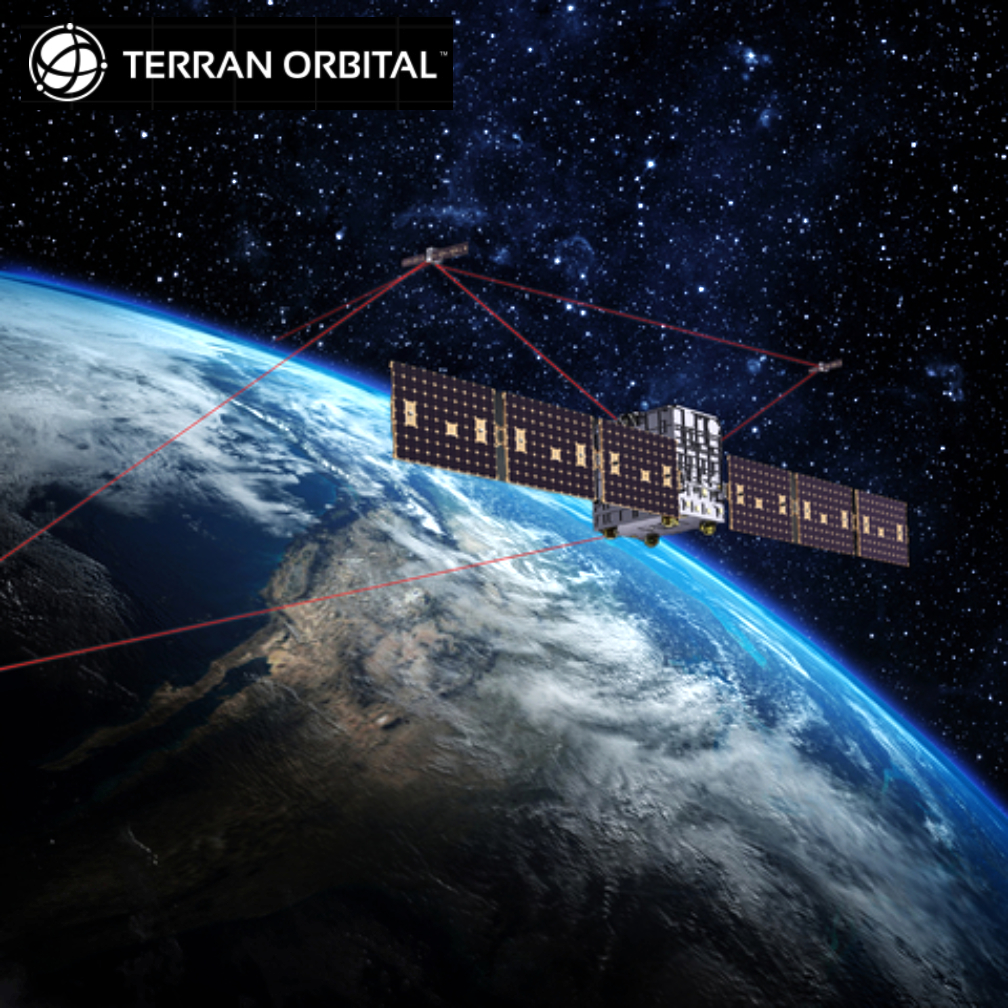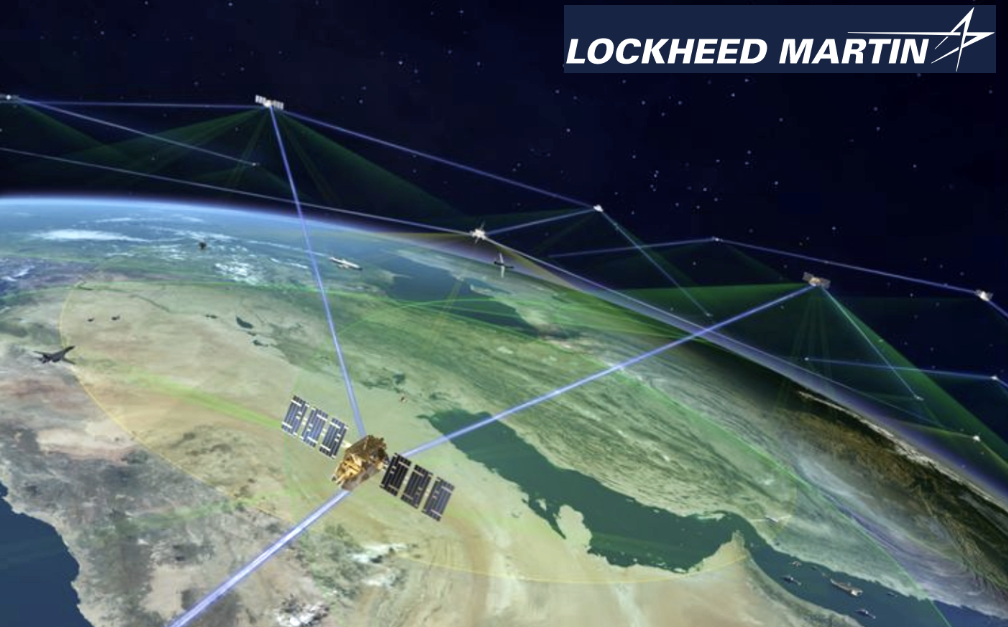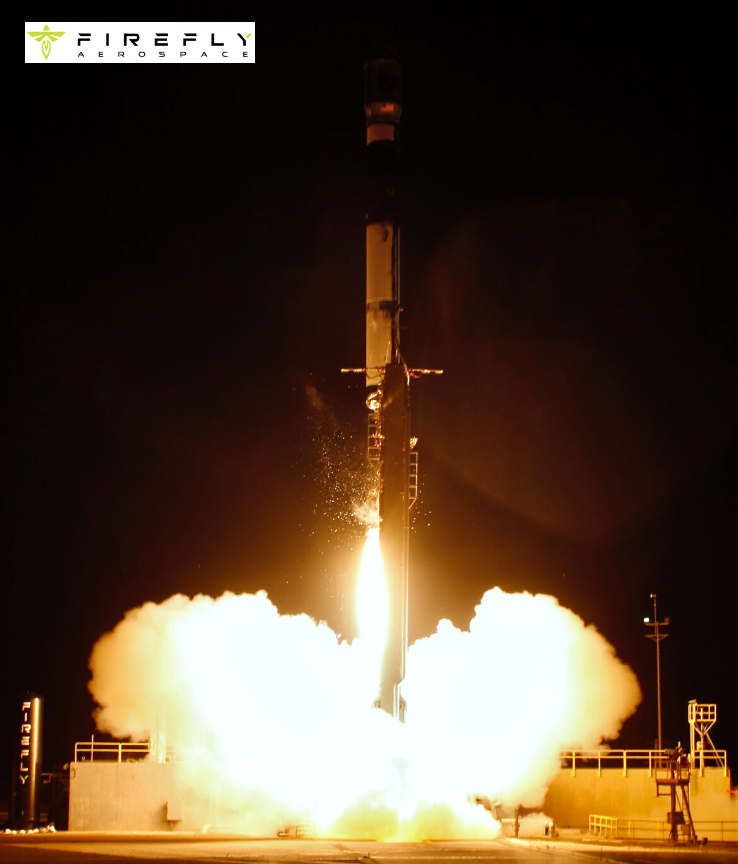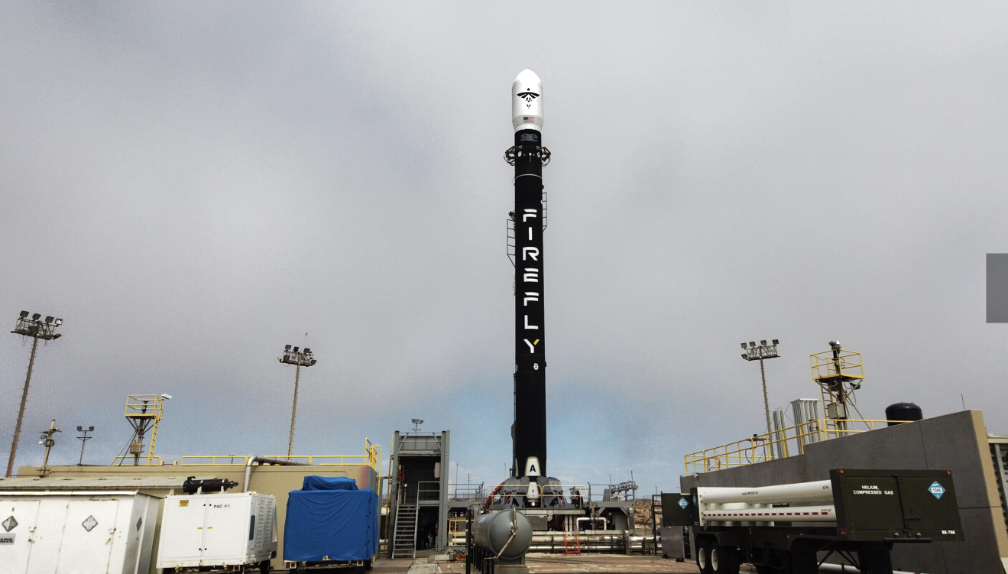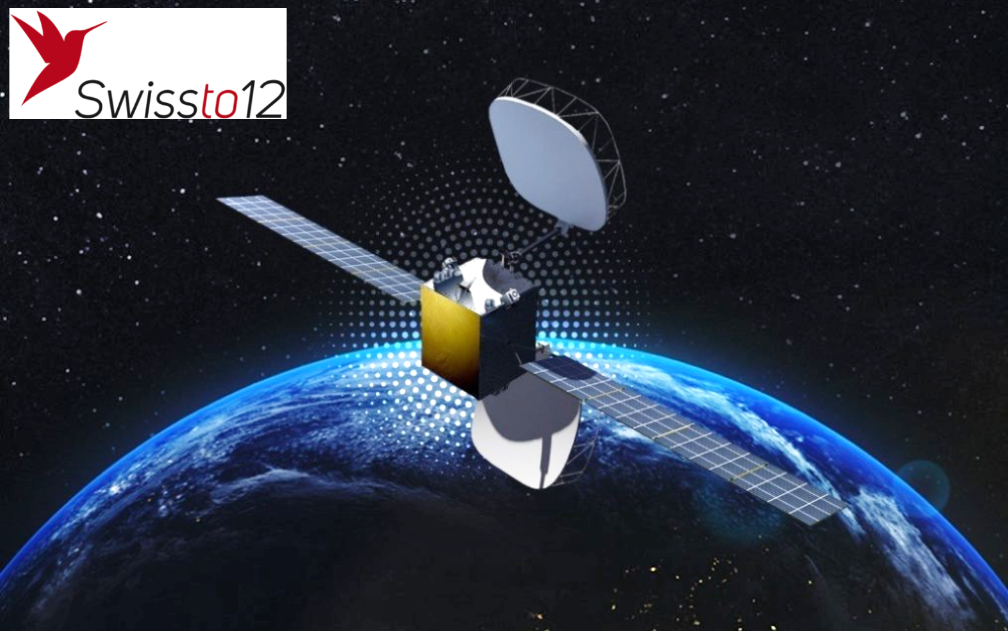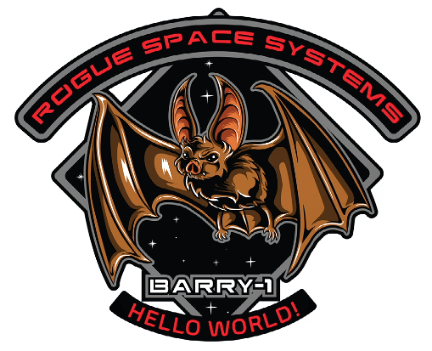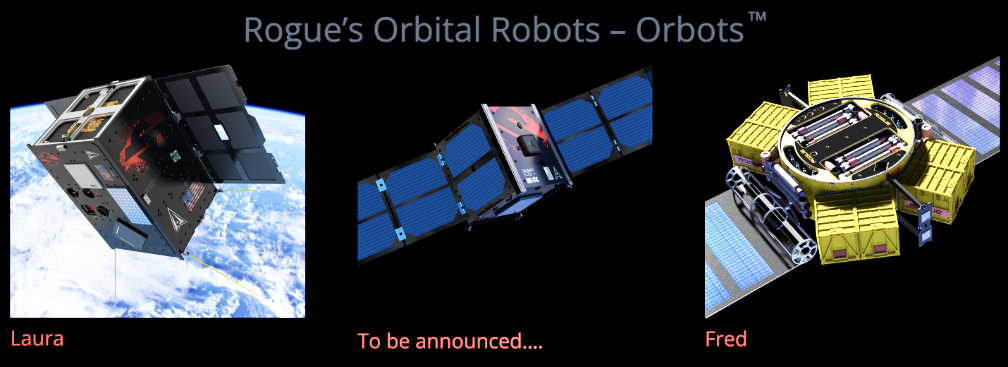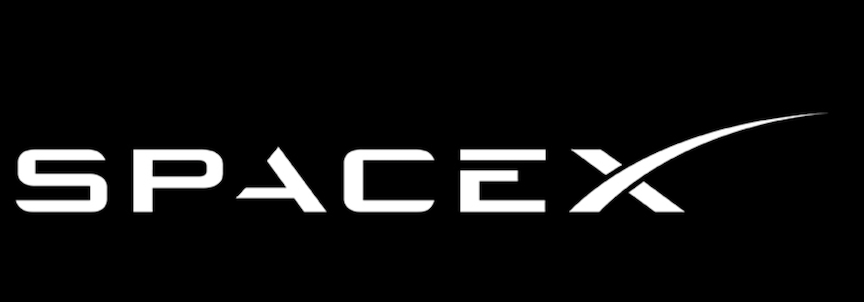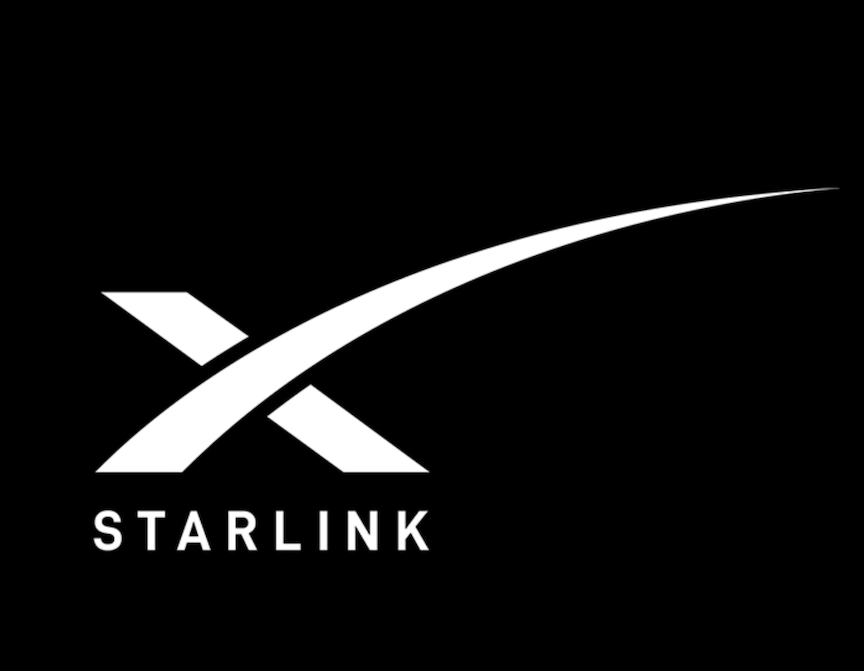
A not to be missed session regarding the upcoming Silicon Valley Space Week / Satellite Innovation / Milsat Symposium (SVSW) trade event will be hosted by the Mobile Satellite Users Association (MSUA) as they present their ‘Game Changers‘ interview — LIVE.
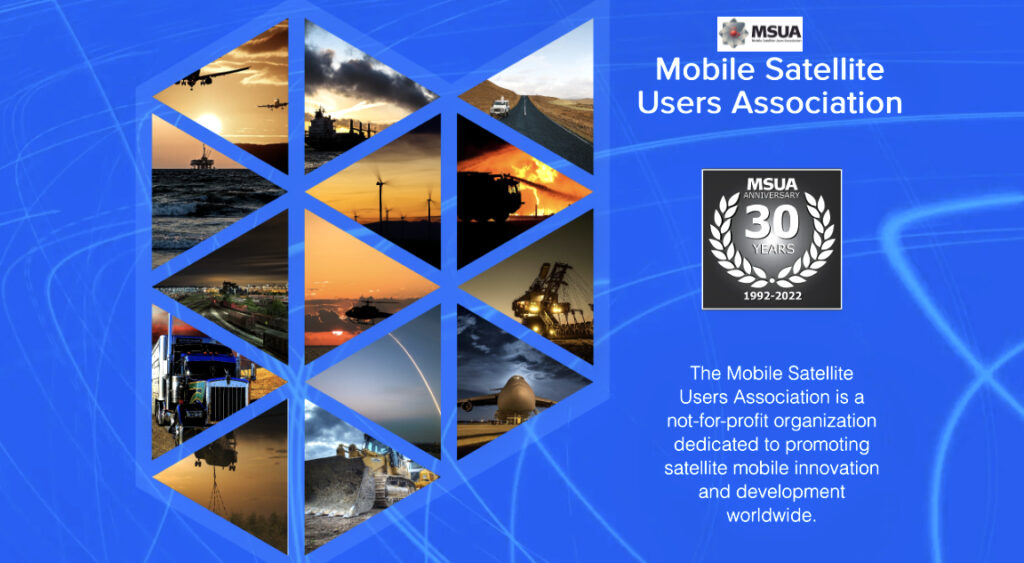
The guest for this informative session will be Mr. Silvano Payne, the Chief Executive Officer of SatNews Publishers. He will offer a preview of what can be expected during the SVSW trade event that will be in session from October 17th through 20th at the Computer History Museum in Mountain View, California.

Mr. Payne’s deep experience in the satellite industry has enabled him to develop an outstanding SVSW, an event that is built on his industry experience and insights. SVSW gathers together some of the most successful leaders in the satellite and space industry and they create highly informative keynotes, sessions and panels that simply cannot be found in any other industry trade show.
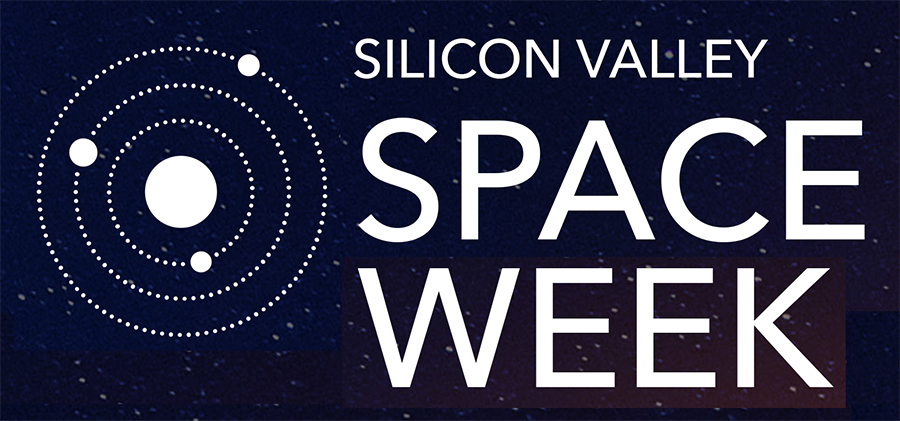
MSUA members receive a 20% discount on their registrations. Be certain to visit the members only portal for this discount code. In the meantime, join MUSA to learn more about this upcoming truly informative and incredibly informative annual event.
Do not miss this MSUA ‘Game Changers‘ event which will be streamed on…
LinkedIn: https://www.linkedin.com/events/7111063442974789632/comments/
YouTube: https://www.youtube.com/watch?v=PXwh9RWYBr0

